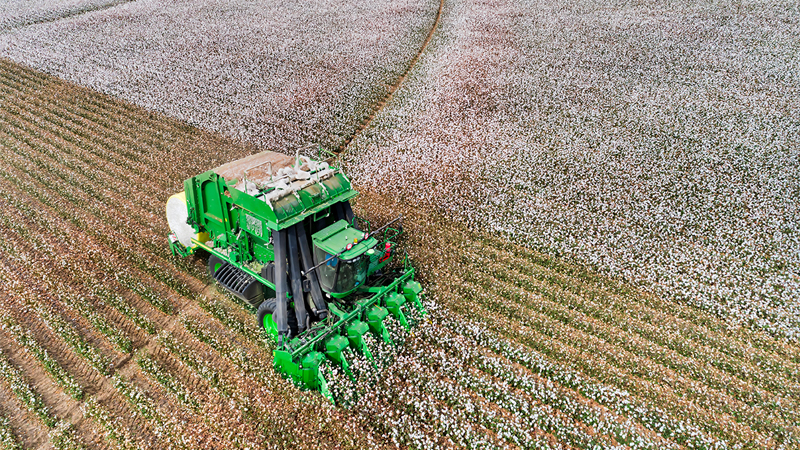Shurley: Prices Tumble as Trade Uncertainties Mount
New crop December futures had solid support at 72 cents. Having earlier reached the 77-cent area, prices had begun to decline in mid-April. But the 72-cent area was expected to hold and provide a safety net for producers looking for prices to eventually rebound and provide additional pricing opportunities.
Support did not hold. The bearish tone due to continuing and mounting trade concerns has simply been too much. As mentioned in this space last time, support was expected to hold and prices show some recovery, provided that positive progress be made in the on-going U.S./China trade dispute.
New crop December 2019 futures has declined roughly 10 cents/lb since mid-April, with six cents of that coming in three trading days – May 9, 10 and 13 – before showing some degree of stabilizing the past few days. After venturing all the way down to 65 cents, December 2019 is back in the 67-cent area. Certainly nothing to shout about, but stability can be the foundation for recovery. If there is to be recovery, it has to start by stopping the bleeding.
Has the market overreacted? Possibly. But we are in uncharted waters here, and there are valid fears and uncertainty about where U.S. and China relations are headed both near-term and longer term – and frankly, what that means for the global economy.
President Trump announced on May 5 the increase in tariff rate from 10% to 25% on $200 billion in Chinese goods effective May 10. Cotton futures broke down. Prices continued to fall, closing down a total of 3.02 cents on May 9 and 10. On May 13, China announced retaliation by increasing tariff rates on $60 billion of imports from the U.S. effective June 1. Prices dropped the limit of three cents for the day.
China has “total commitments” – or total purchases of U.S. cotton – to date of approximately 1.975 million bales. Exports (actual shipments) to date total approximately 1.215 million bales, or 62% of “total commitments” with 12 weeks remaining in the 2018 crop marketing year.
Data shows the pace of new sales has fallen off. Shipments of previous sales has trended up. Prices will continue to be impacted by the trade situation and the pace of sales and shipments. Having already fallen to the mid-to-upper 60s, further downside is possible, but should be relatively limited. The trade situation, however, does seem to increasingly be on rocky ground.
Any recovery will also depend on the U.S. crop situation. USDA’s May numbers show:
- 2019 U.S. crop of 22 million bales. The crop will likely be larger than this but planting delays in the Mid-South is a concern.
- S. exports for 2019 crop forecast at 17 million bales, compared to 14.75 million for the 2018 crop (exports for the 2018 crop year were lowered 250,000 bales). This increase is interesting given the trade and market uncertainties.
- World use for the 2019 crop year is pegged at a record 125.93 million bales – 3.2 million bales more than this year.
- China is expected to import 11 million bales compared to 8.5 million this year.









